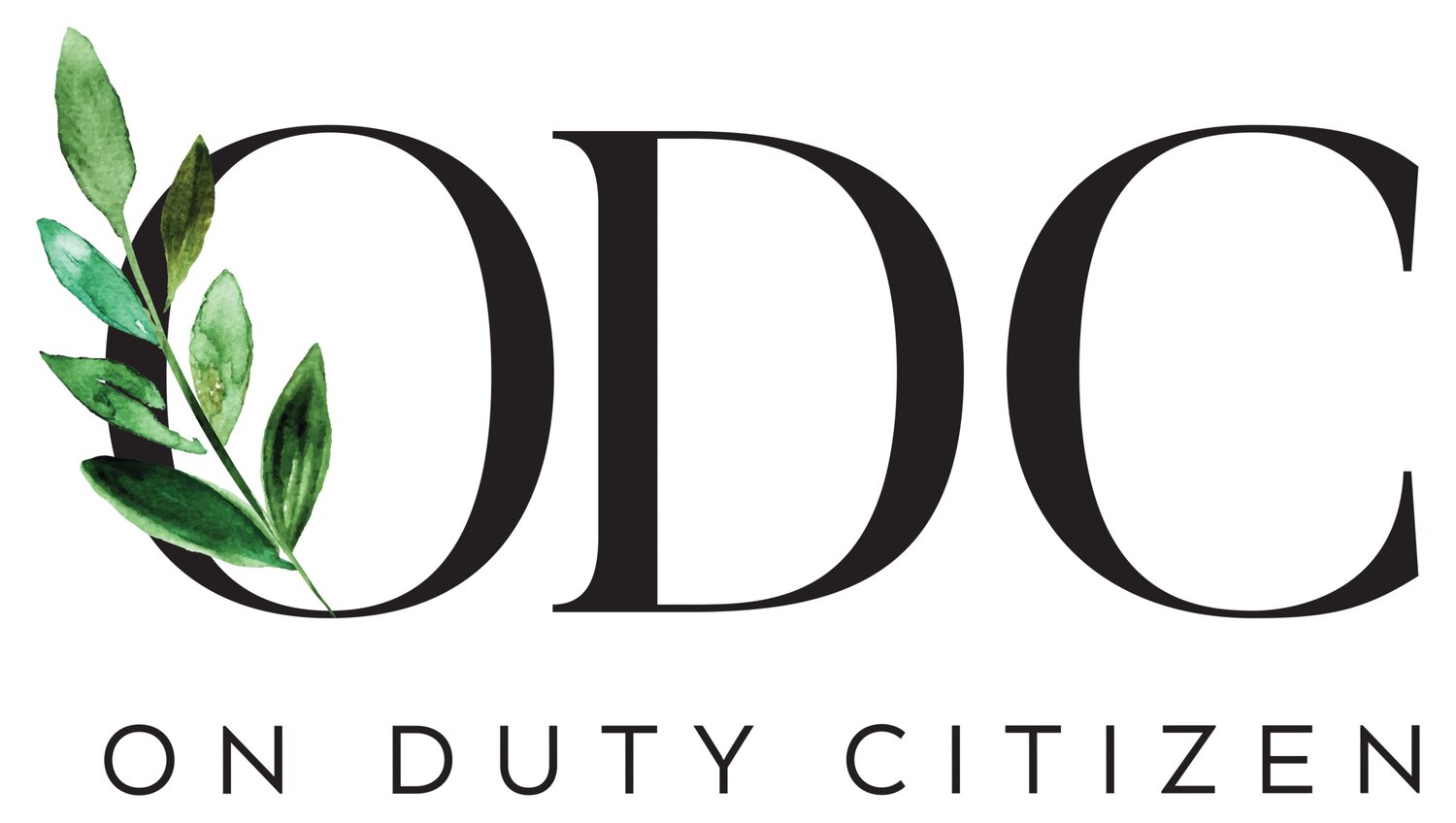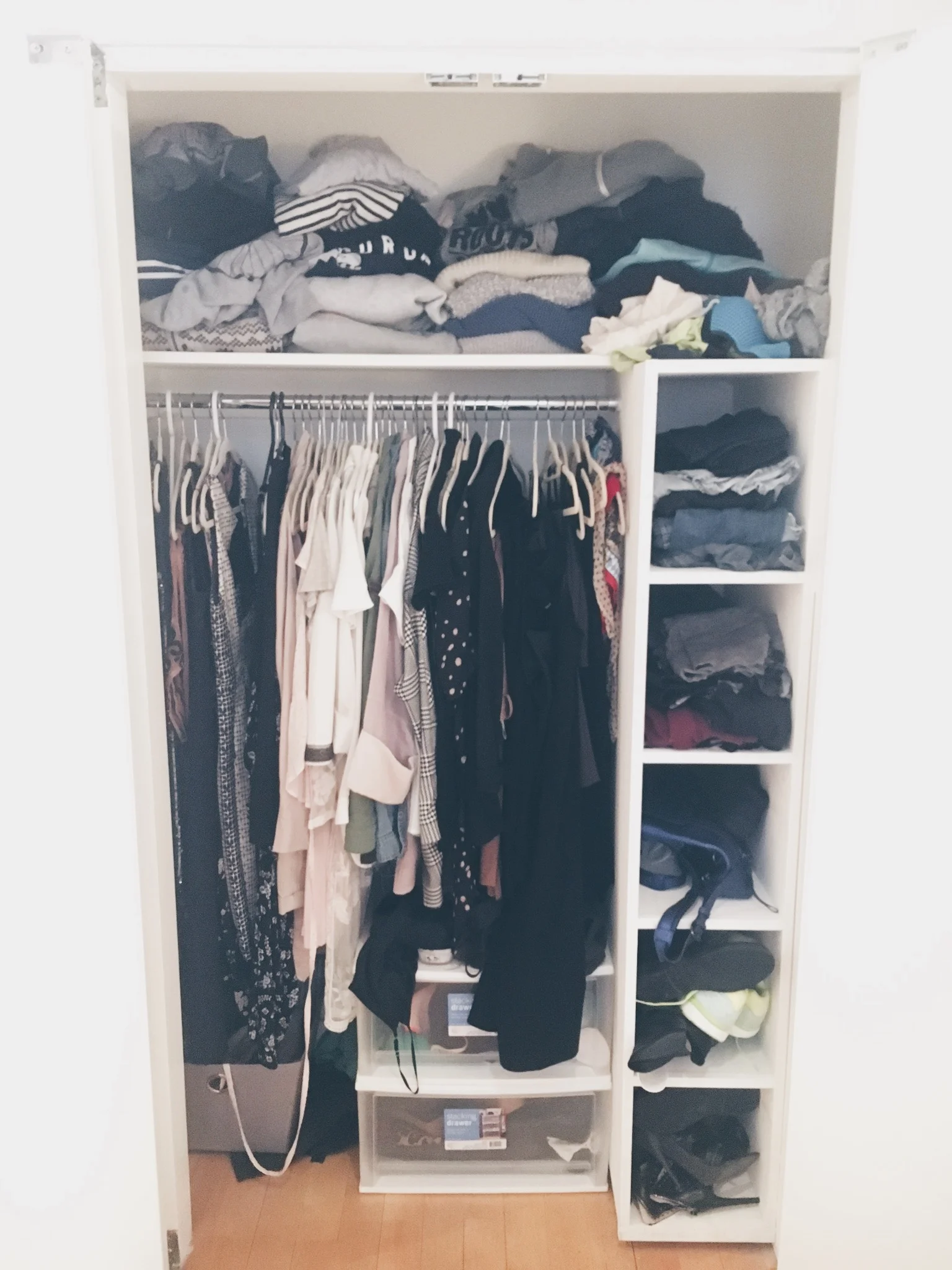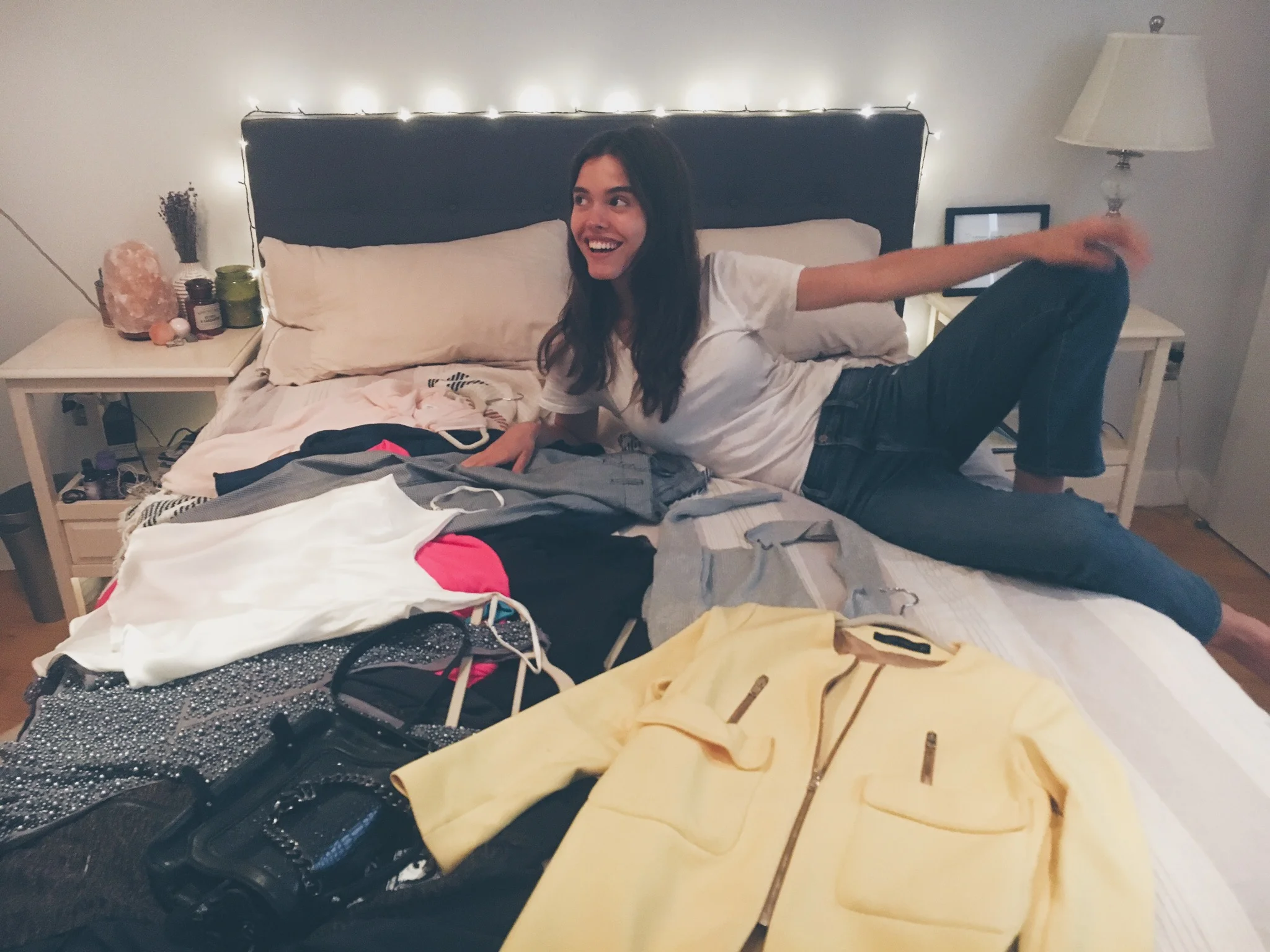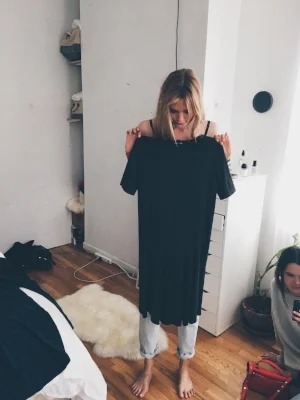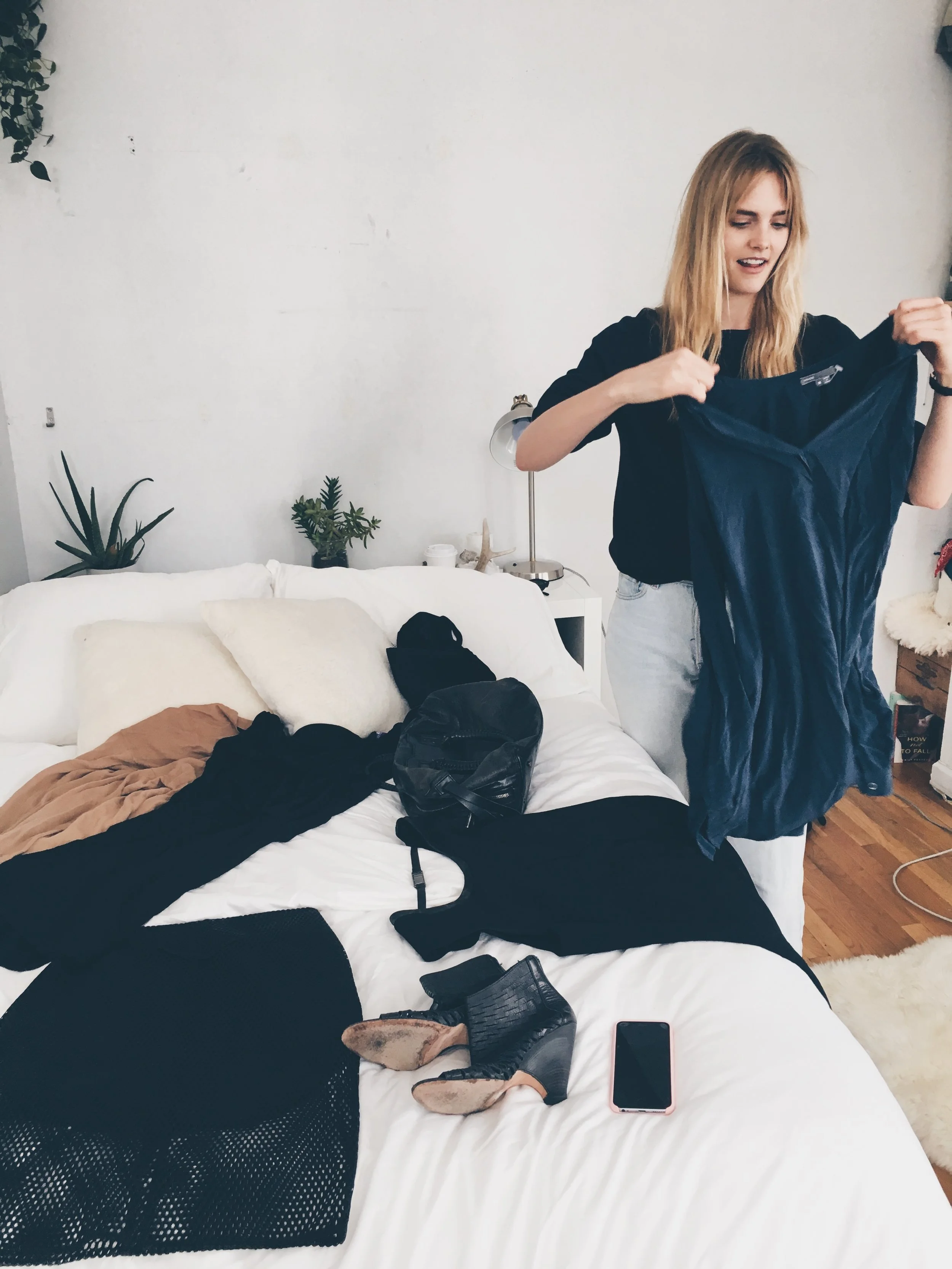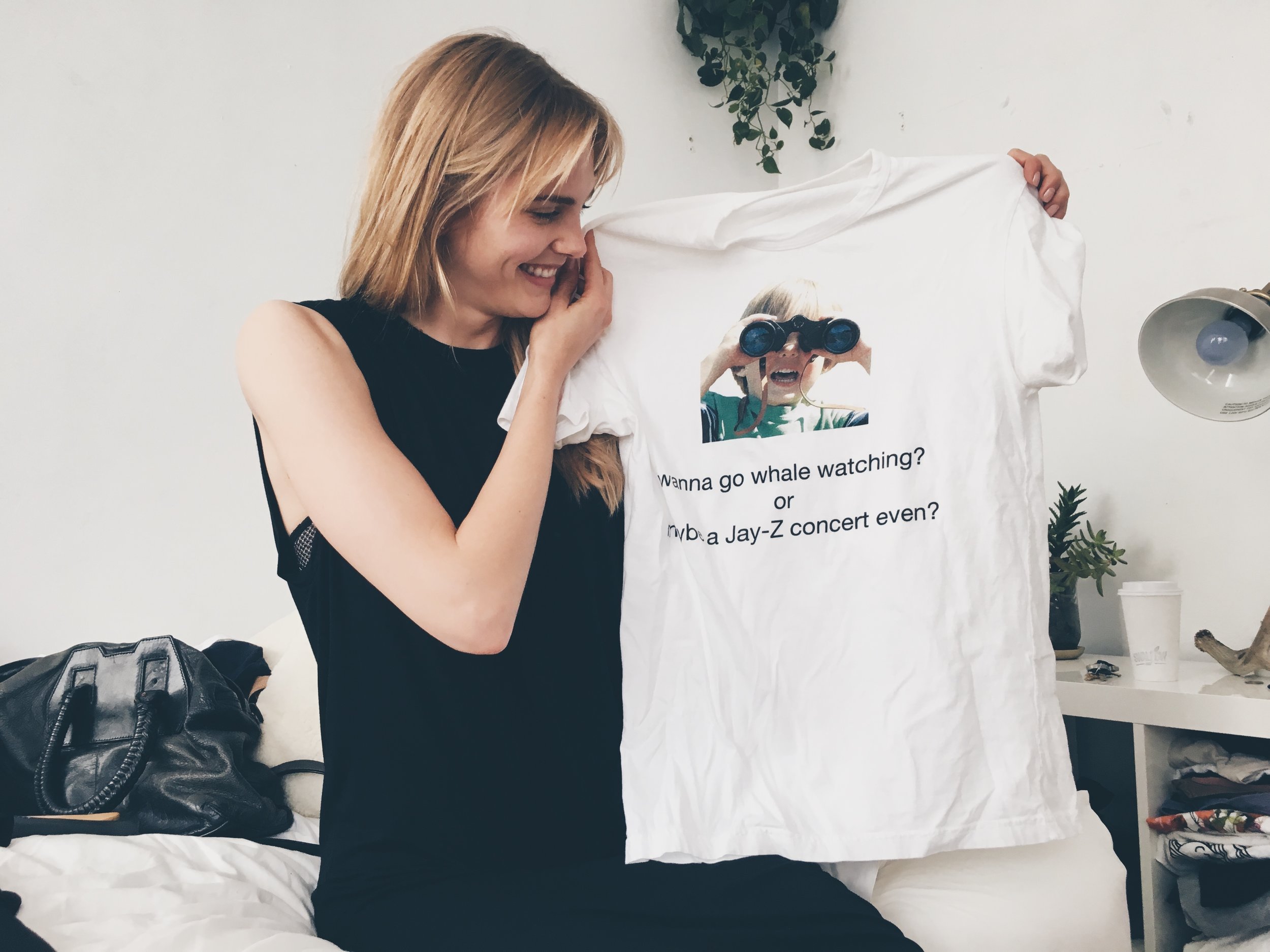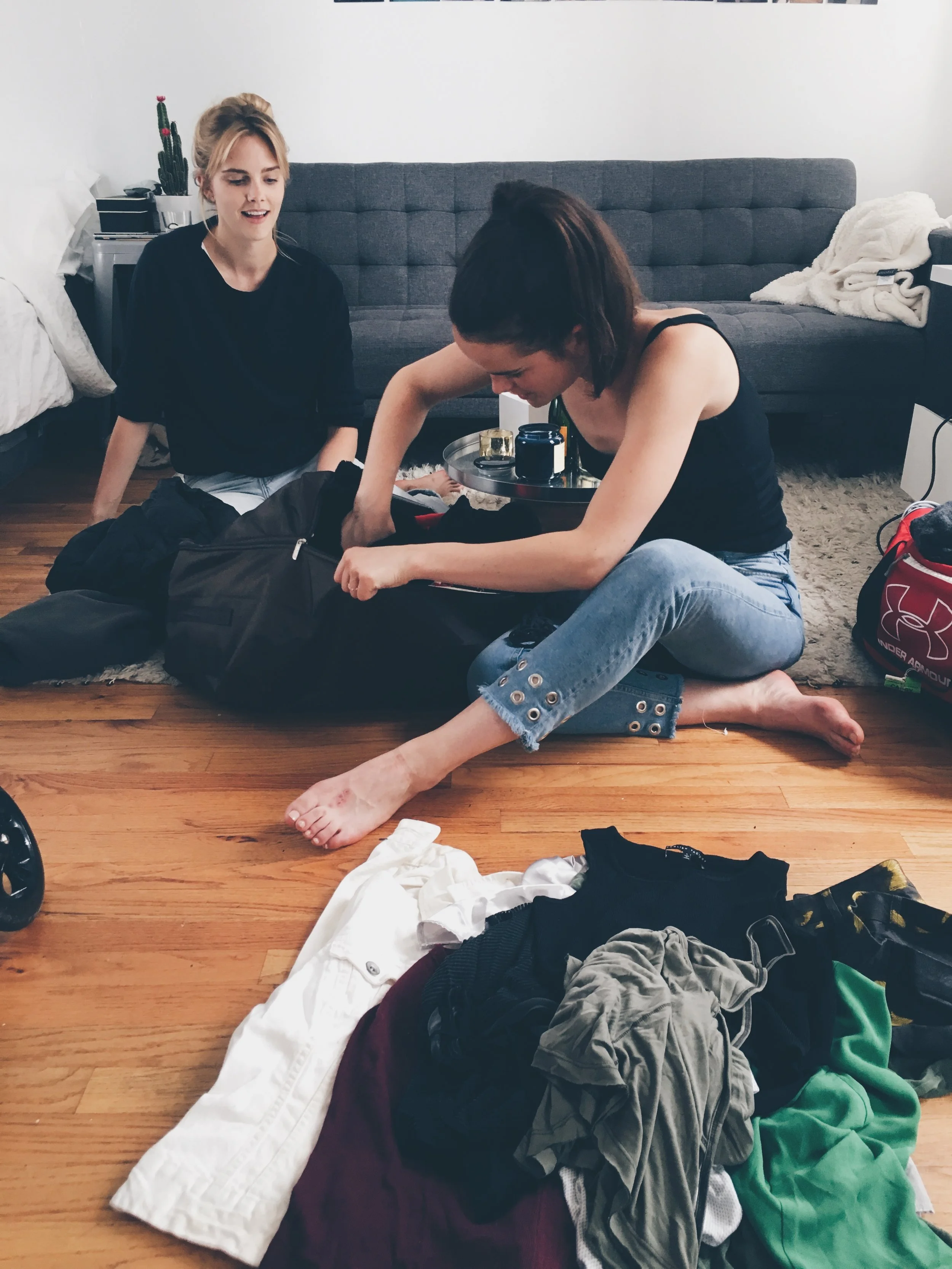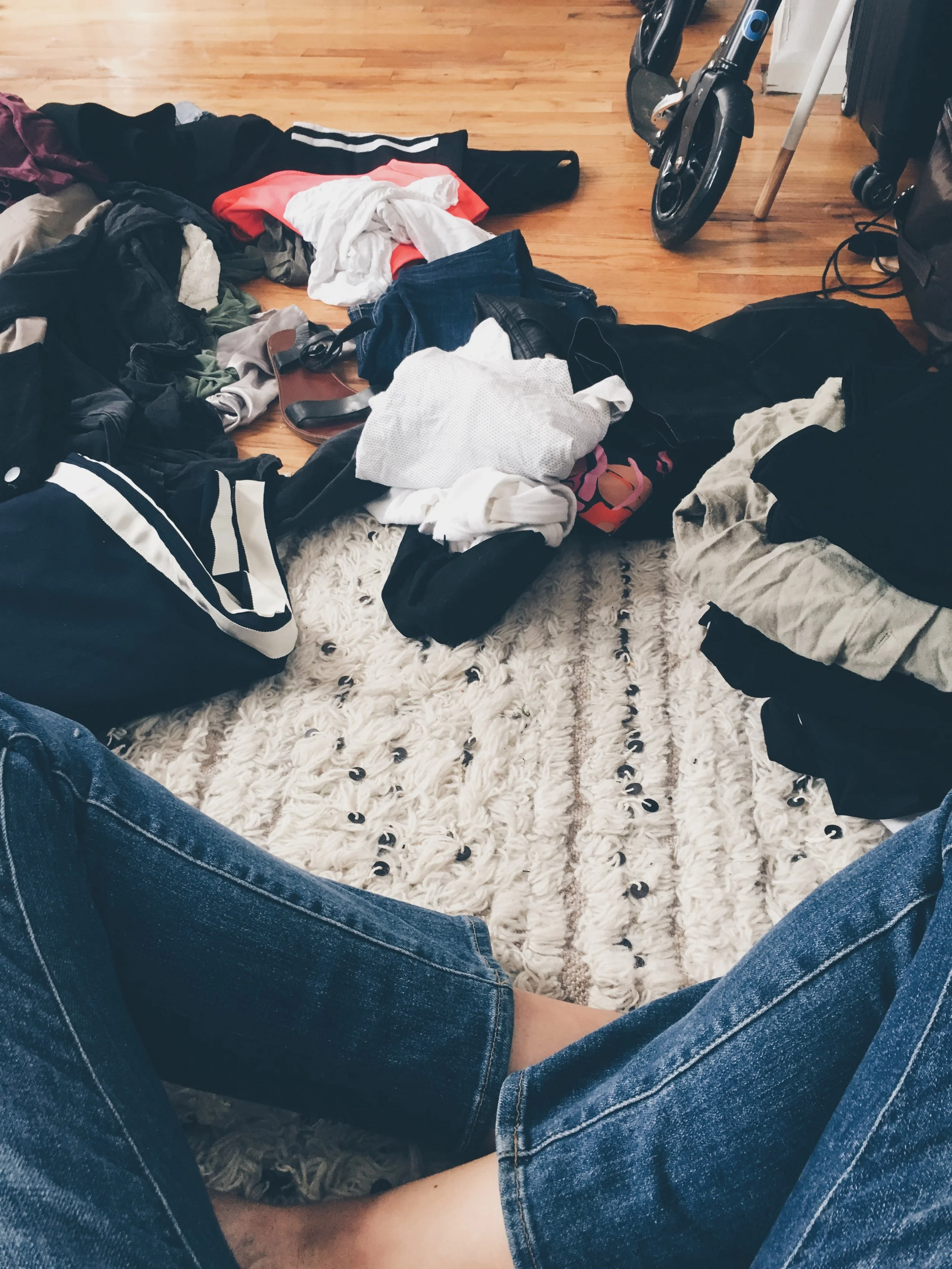Living in a big fashion capital like New York, it can often be tough to stick to sustainable habits. However, once we're properly informed, avoiding fast-fashion shops like Zara and Forever21 can become quite easy. Other habits are harder to form, especially as fashion week approaches. We see celebrities and models dressed in gorgeous new outfits every day. We’re bombarded with the new "must have" trends that models wear as they strut down the runway, some available for purchase before the show even finishes... and we’re invited to parties and networking events where food is left untouched and plastic straws and cups are littered about, most of which will not be recycled. It’s an exciting time when the city comes alive and everyone shows off their best-looking selves but why is it we forget what truly matters, our duty as human beings to be more environmentally conscious? Shouldn’t our utmost priority be to make sustainable sexy? Here’s how!
Going to an event? Not sure what to wear? Try some of these options below.
Rent the Runway
Rent the Runway is a company that lets you borrow dresses and evening wear for those special events, then return it for free as soon as you’re done! You can order in multiple sizes so you can ensure you get the right fit and don’t have to worry about dry-cleaning post wear, they’ll do all that for you!
When you rent a dress, you’re saving all the natural resources that go into manufacturing a new piece of clothing. The average woman throws away around 82 pounds of clothing per year. Renting helps reduce this significantly. [1]
We often wear that statement dress only once or twice, so why not get something fab (they have 250,000 designer pieces to choose from!), wear it once and then return it? It’s about shifting perspectives of the consumer and letting your friends and peers know it’s okay to rent something that’s already been worn and it is so much more environmentally friendly.
Have a clothing swap
I’ve written about it before on a previous blog post but I can’t stress enough how amazing a clothing swap party is! You can do it with as little or as many people as you want, and the whole thing can be done without spending a dime. Have some extra clothes laying around that don’t get worn? Bring them (or host) a clothing swap party where everyone brings a few garments and trade away! It’s the perfect way to revamp your wardrobe and get some awesome unique pieces that your friends no longer wear. The best way to ‘shop’ sustainably, and reduce waste is to reuse! [2]
Borrow from a friend
Sometimes, the easiest and most cost effective way to complete a look is to borrow from a friend. Rather than my friend buying a fancy clutch she’d only end up using once for an upcoming wedding, I let her borrow one from me. Now I know in the future I can count on her to lend me an accessory or even a dress if I need it. We all have way too many things in our closet so why not share and save a little money for some more drinks with your girls at the bar?;)
Second-hand shopping
Here in New York, we’re lucky enough to have some truly amazing second-hand shops. The stuff is already made and reusing that is, without a doubt, the most sustainable option out there, even more so than making new clothes out of sustainable materials. You can often find some one-of-a-kind pieces that will make your outfit so much cooler than whatever Zara outfit every other person is wearing. Then, when you get stopped by a street-style photographer asking where you got your blazer, you can be that cool, off-trend person who says they got it from the second-hand store;) Often, used items are less expensive as well. Beacon’s Closet, Buffalo Exchange, and even your local Goodwill are excellent options.
Reduce the Plastic
With a plethora of parties coming up and with that, a decent amount of drinking, why not make a pledge to yourself to #stopsucking? The Lonely Whale foundation seeks to educate people about the oceans and our impact on them. From overfishing, plastic pollution and acidification, our oceans need us to live smarter and become more aware of our actions. In the U.S. alone we use 500 million plastic straws EVERY DAY, many of which end up in the ocean. Lonely Whale has set out to combat this pollution by not using any plastic straws and encouraging everyone to join them. Paper, metal, glass and bamboo are all MUCH more sustainable options. Take the pledge to #stopsucking on single-use plastic straws and challenge your friends! Going out to a fashion week after party? Order that drink sans straw. Or, if you prefer your drinks with straws bring one with you! Read more about strawless oceans here.
Your Straw offers incredible bamboo straws as an alternative. They’re the perfect size for anything from coffees to smoothies and come with a tiny brush so you can keep them clean. Purchase your own Your Straw here.
In addition to straws, try and carry a tote bag with you everywhere you go. That way, if you get some cool gift bags from shows or have to do a quick grocery shop on the way home, you can skip the plastic bag! I also always try and carry a fork and spoon with me. It’s the easiest way to reduce the single-use plastic options and is great to have on hand as I run from casting to casting all over the city.
Take Public Transportation
New York City Fashion Week is spread out with a conflicting schedule that makes attending a few shows each day near impossible. Traffic is always a mess and people are always running late. Why not take mass transit to avoid the headache of being stuck in traffic knowing you’re not doing the environment any good? “A bus with as few as seven passengers is more fuel-efficient than the average single-occupant auto used for commuting.” [3] Sometimes the high heels are too high to navigate the subway steps and grates, so if you plan on using Uber or a taxi as your main resource try and pool with as many friends as possible.
Living sustainably is without a doubt more difficult. But taking positive action is not only beneficial but is necessary. If we stick to our current ways by 2050 there will be more plastic in the oceans than fish. Our actions have a direct impact on our earth and we have the resources and knowledge to reduce this impact and live cleaner. Fashion is the second dirtiest industry after oil. We can make a significant impact just by shifting our consumption habits... even in small ways. So, as you get ready for fashion week try a couple of these recommendations and share some with your friends. Rather than buying the newest, latest thing, why don’t we all try and make sustainable trendy? Nothing is sexier than a cleaner, greener environment.
